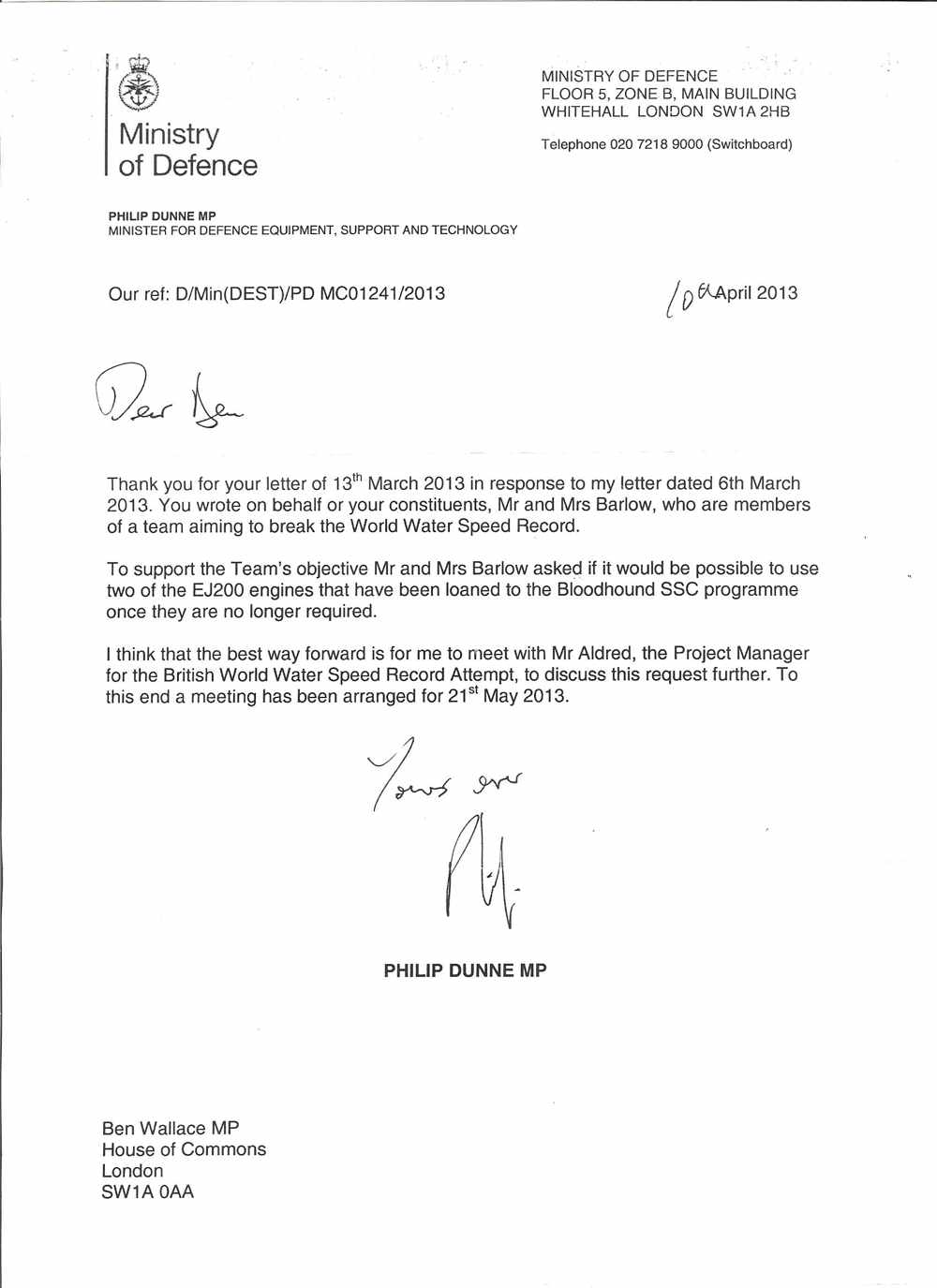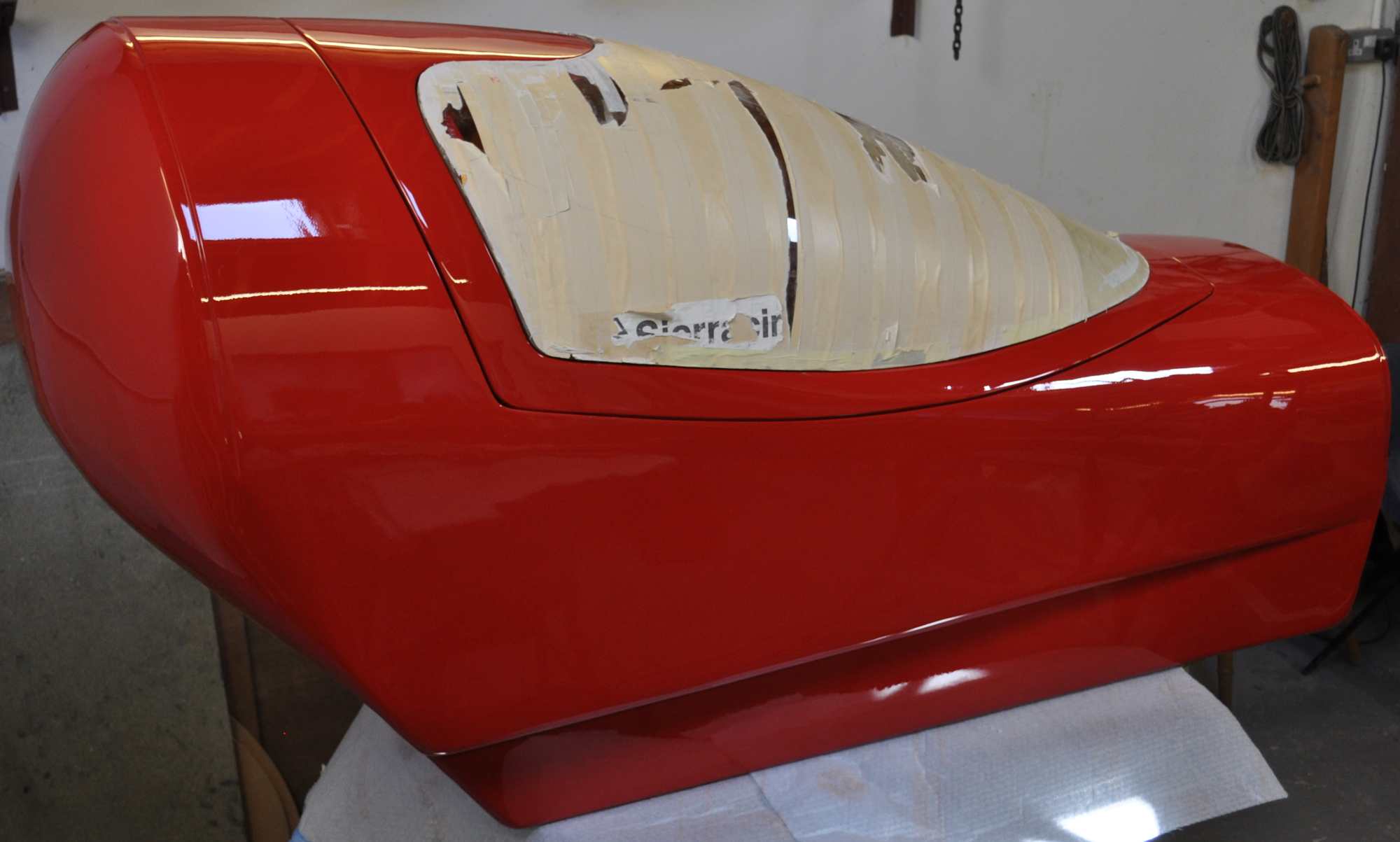
The buck for the driver safety capsule built by the Team complete with F16 canopy
In 2013 Helical had more pressing business matters to deal with as they purchased an additional factory and it became apparent to us that their initial aspirations to not only regularly run and develop K777 in addition to building a new jet hydroplane to challenge the Outright Water Speed Record had consequently faded. However the team that had given freely of their time to build and run K777 were still keen to produce another jet hydroplane and product sponsors were similarly enthusiastic to assist along with our local College, the University of Lancashire and Salford.
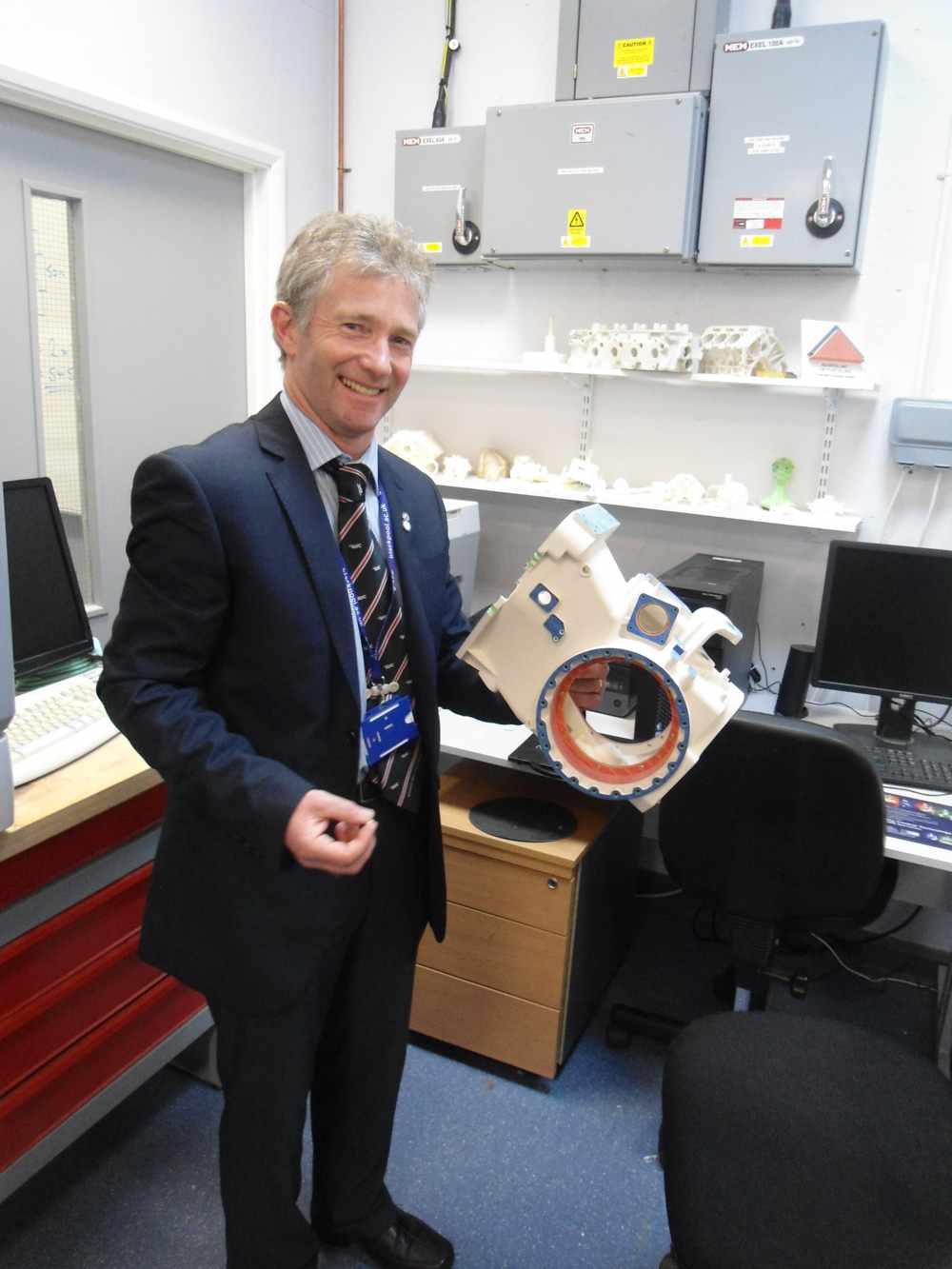
(Senior Lecturer in Engineering Mr. Philip Lawrinson-Chettoe discussing rapid prototyping at Blackpool & The Fylde College with our team)
The project to produce a new jet hydroplane was kicked into life under the banner of using the historic sequential K number for British Outright Water Speed Record challengers and the Endeavour name proposed by Dave Warby to David Aldred in an e-mail of 2008 combined to give the title K10 Endeavour. Steve Hanson and David Aldred produced the buck for the driver safety capsule complete with a canopy from an F16 jet fighter and the accomplished British boat racer Chris Loney came on board as another driver to partner Lt. David-John Gibbs RN (DJ).
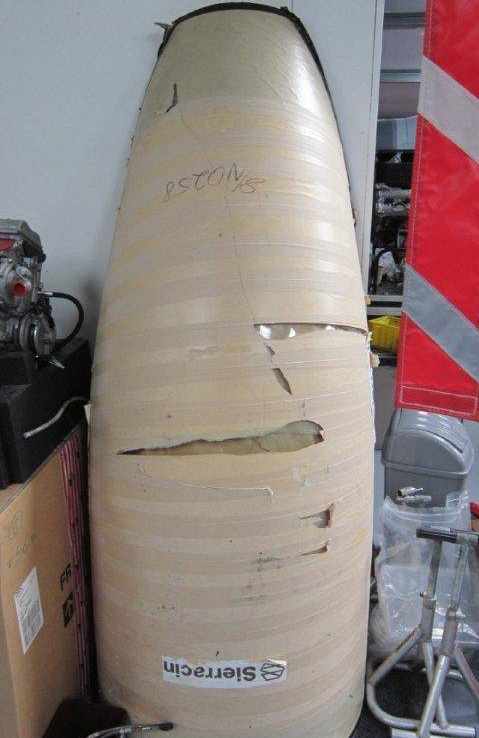
(Above is the F16 jet fighter canopy in protective wrapping prior to being cut down for the driver capsule)

(The driver safety capsule buck built by the Team complete with cut down F16 canopy)
DJ felt the Spey to be the wrong choice of engine for the jet hydroplane he had in mind and the availability of aged Orpheus engines that were not out of hours and had log books was scarce to say the least. Those that were in the UK were mostly owned by those flying the last remaining aged Folland Gnats, which was the original purpose for the Orpheus, or with the Bluebird Project for use quite rightly in rebuilding Bluebird K7.
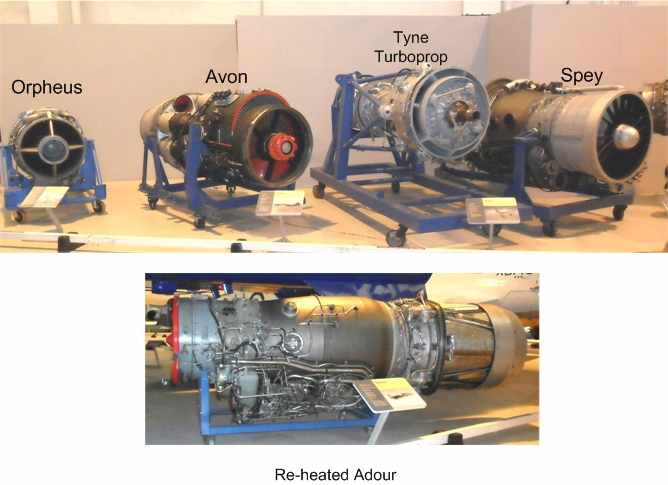
In an effort to source an appropriate jet engine for a British attempt on the Outright Water Speed Record we wrote for support of the project to the Royal Family, Rolls Royce Plc and made enquires through the Prime Minister’s Office.
Members of the Royal Family including The Duke of Edinburgh and the Prince of Wales sent letters of support for the venture but stated quite rightly that they could not intervene on our behalf, though they wished us every success with a British attempt to regain the Outright Water Speed Record for the Country.
Several of the team’s MP’s lobbied the Minister for the DSA, Philip Dunne MP, to provide fast jet engine support to mirror that which had been provided for the British attempt on the Outright Land Speed Record, the Bloodhound Project.
The result of several supportive and enthusiastic MP’s lobbying the Minister was that David Aldred of the team was invited along with a guest of his choosing as shown herein to meet with the Minister at Whitehall to discuss DSA support for the venture.
Whilst the Minister was sympathetic and encouraging to the project, the key point that came out of the meeting was that we were not yet there with regards to showing the Minister and the Government that we could build a jet hydroplane which could actually get onto plane and attain a reasonable turn of speed with a serving military pilot driver professionally trained on jet engines.
Rolls Royce Plc formally responded to our initial enquiry stating that irrespective who we were, they were not prepared to support the use of their military fast jet engines within a water speed record craft from a Company liability point of view. This was disappointing since they had a history of supporting the Campbells in their land and water speed record attempts and have supported Bloodhound with their land speed record project.
Without support from Government or Rolls Royce Plc, we could sit around waiting for a fast jet engine of appropriate size and power to become available through the DSA, hopefully within a budget we could afford but disappointingly the Minister stated that there were no plans to release such engines at that moment in time.
David Aldred exchanged e-mails with Bloodhound’s Andy Green and Ron Ayres who encouragingly said not to be disappointed at our first enquiry as they themselves had lost count of the number of times they had been turned down for engine support but to keep on trying as they had won through in the end.
However it should also be appreciated that the Bloodhound land speed record car project obtained the loan of their EJ200 engines back in 2007 through Lord Drayson, who was Labour Minister of State for Defence Equipment & Support at the time and who as an amateur racing driver describing himself as a ‘car nut and Government Minister’. In our case we were applying to a Conservative Government and consequently a different Minister but nevertheless we were extremely grateful to the Minister for his encouragement and guidance on a way forward with the venture.
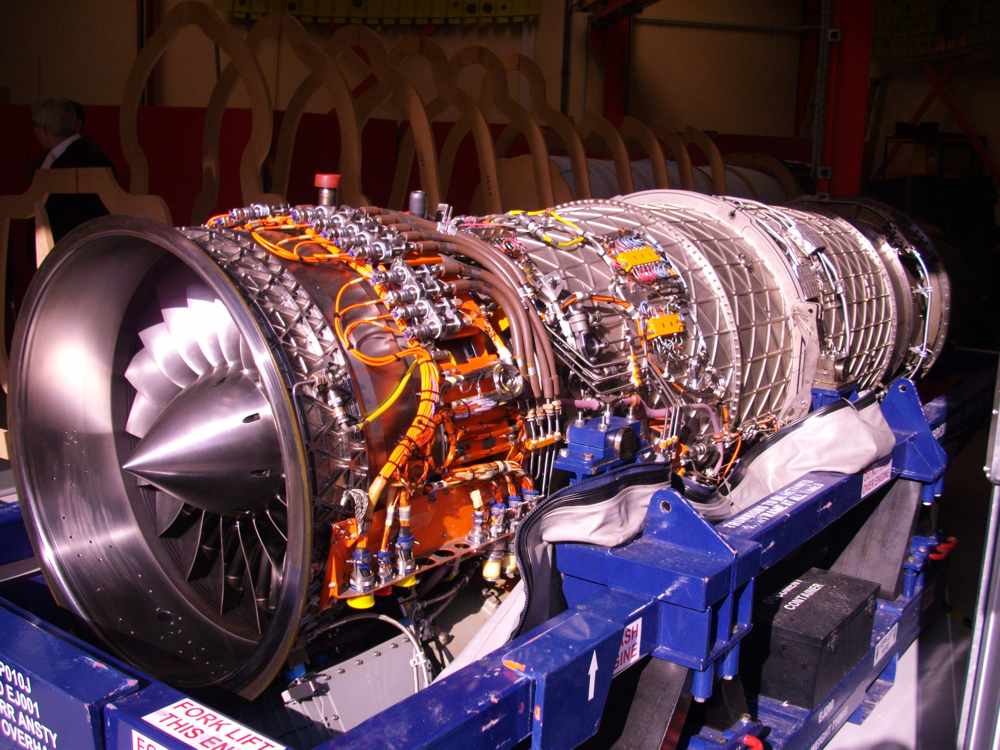
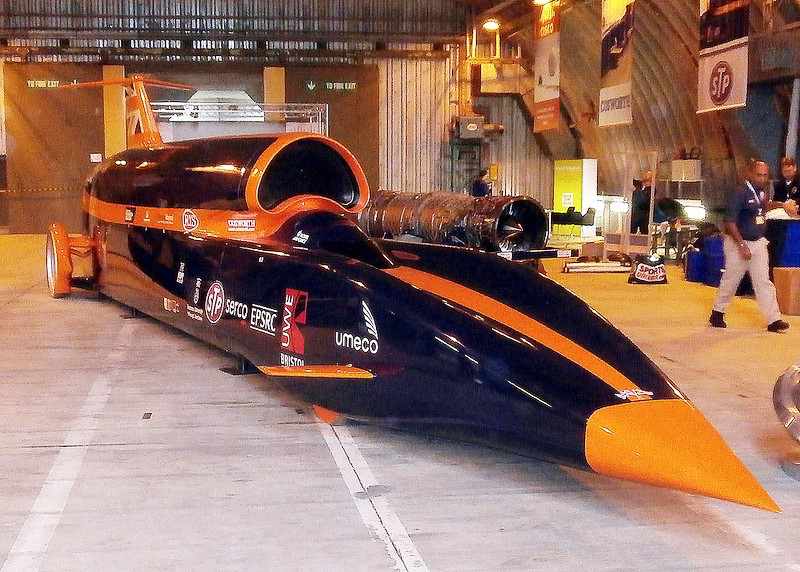
How people react to initially disappointing news is often a measure of how to gauge them. For our part the Team are there as support, not lead so we gave the drivers space to see what each of them now wanted to do whilst David Aldred continued to remain in contact with the DSA to ensure we remained top of their list with regards to any fast jet engines becoming available. In the case of DJ he went away and bought a prop driven Formula 4 tunnel hydroplane, passed his civilian RYA dunk test, obtained his RYA / UIM racing license, gaining vital hydroplane experience on the water.
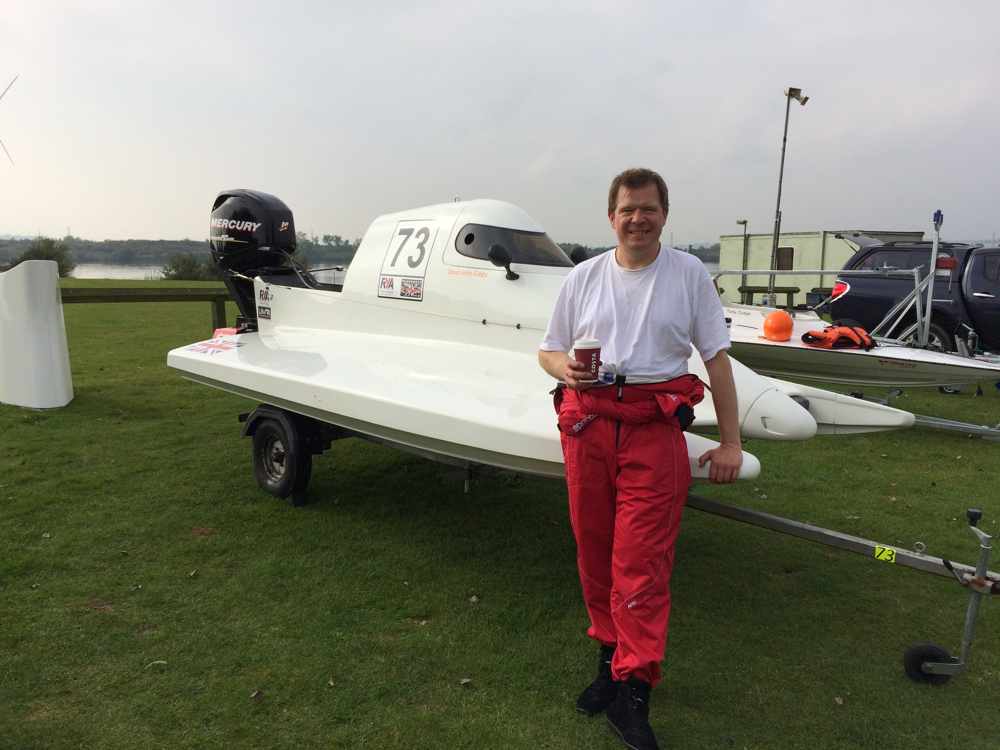
Two years later he phoned David Aldred and said he had found a Viper jet engine to match the thrust of the Westinghouse J34 in Spirit Of Australia, the engine had flight hours remaining and all necessary documentation.
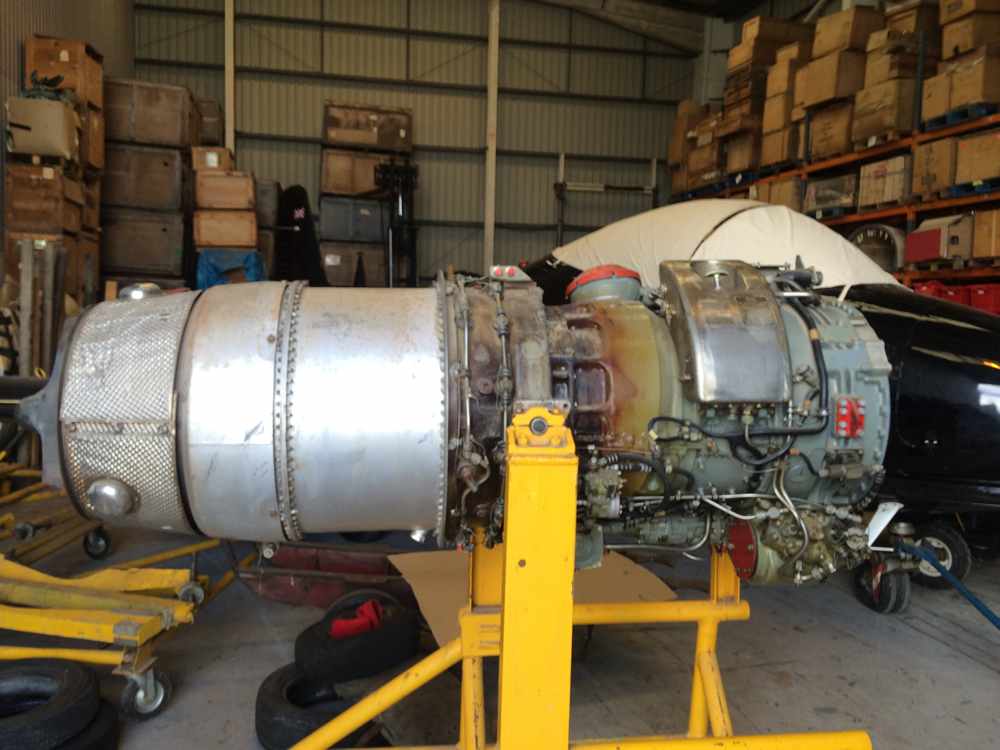
His comment was we could sit around waiting for a more powerful appropriate engine to come through the DSA, or we could grab the bull by the horns and build a jet hydroplane that actually worked and got onto the plane to prove to the Government we were worthy of their consideration for more powerful fast jet engine support to regain the Outright Water Speed Record for Britain.
DJ now has the bit between his teeth as the design and build authority. Our very good friend Dave Warby has kindly offered technical guidance for which we could not ask for a better mentor. Upon reflection the name Endeavour was cited by some of our team as sounding like the ‘End-of-her’ and this return to jet hydroplanes after more than three years of trying to source an appropriate fast jet engine warranted a new name and with DJ firmly at the helm, a new website.
Our Skipper from the Forces wanted a name for his British jet hydroplane and Team, that had military roots, which reflected primary wooden construction with a sleek bow and long narrow hull, a name which was easy to logo / market and reflected our aim, a name that stuck two fingers up to any detractors and two fingers up for victory.

